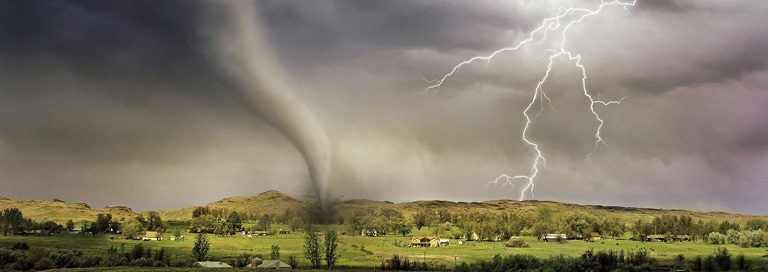Business is booming. Customers are happy. Employees are happy. Everything is humming like a well-oiled machine. You have an unblemished reputation. What could possibly go wrong?
Well, everything.
All it takes is one disaster – one fire, one hurricane, one flood, one hack, or one disgruntled employee with an axe to grind – to send the entire operation into a tailspin. If such a disaster were to strike your business tomorrow, what would happen? Would you realistically be able to recover and return to the same level of success without serious damage?
Your business continuity plan is designed specifically for this type of scenario. Do you have one?
A business continuity plan outlines the procedures an organization should follow to minimize damage and losses in the event of a sudden disaster or crisis. The purpose is not just to resume or maintain business operations with little or no disruption. An effective business continuity plan will help you protect your assets, avoid losing money, prevent data breaches, and maintain the confidence of employees, customers, vendors and business partners.
A business continuity plan forces you to answer and plan for dreaded “what if” questions instead of trying to figure out what to do after the fact. What if the network goes down? What if the main facility is temporarily damaged or permanently destroyed? What if a hacker holds your sensitive data and critical applications hostage? From an IT perspective, a business continuity plan will lay out the processes for locating and restoring backups, working remotely, responding to certain types of security incidents, and communicating important information to those affected.
Keep in mind that every hour of downtime translates to higher financial losses and more damage to your reputation. If you don’t have documented procedures that allow you to get back up and running, hours turn into days. How many days can you afford to be shut down or running at half speed before you start losing the confidence of your customers?
When developing a business continuity plan, don’t just focus on the recovery of IT equipment. Simply having access to data and applications in the cloud is not a business continuity plan. You have to consider your operations as a whole. How will the supply chain be affected? Do you need a backup communications provider or alternate power sources?
The first step is to identify objectives. Determine what areas of the business will be covered in your plan, the desired outcome of your plan, and the budget for the development and execution of your plan. Create a business continuity team, each with specific responsibilities during a disaster. Then conduct a business impact analysis to measure how certain types of threats could affect each area of your business.
The actual plan for maintaining business continuity should have three strategies– a prevention strategy to stop damage and losses from occurring, a response strategy for dealing with a disaster when it starts affecting the business, and a recovery strategy for resuming normal business operations. Once you’ve laid out the procedures for each strategy in detail, you’ll need to test your plan, train your team, and periodically update your plan to account for business changes and new threats.
Developing a business continuity plan may seem overwhelming but trying to wing it when disaster strikes is far worse. Let us help you do the necessary analysis and create a plan that makes your organization more resilient to a crisis.




